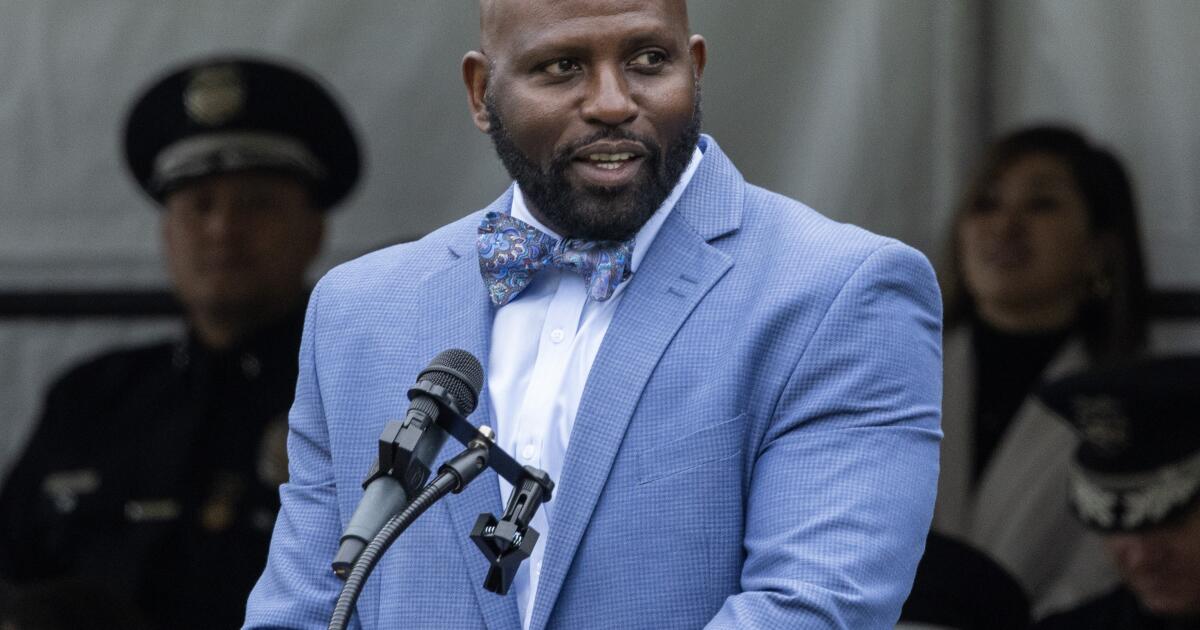Winston-Salem, NC – In an era when managing hypertension is increasingly critical for public health, CHESS Health Solutions has rolled out a groundbreaking pharmacist-supported hypertension care model. This innovative approach revolves around the collaboration between pharmacists and clinicians, intending to significantly improve hypertension control among various patient populations. It is especially noteworthy for small or independent clinics that often lack the resources for embedded pharmacy services.
The results from CHESS Health Solutions’ new model reveal an impressive 9:1 return on investment (ROI), indicating not just clinical efficacy but also a strong financial argument for adopting centralized pharmacy care. By employing a hub-based approach, a single pharmacist can effectively support multiple practices, amplifying the reach and efficiency of hypertension management.
### A Model That Delivers Clinical and Financial Results
The success of this pharmacist-supported hypertension model from CHESS is evident not just in numbers, but in the enhanced quality of care it provides. In conducting an intent-to-treat analysis, the organization measured each outreach effort—not solely the successful interactions—demonstrating a conservative yet optimistic outlook on the model’s effectiveness. The data speak for themselves, showcasing the capability of centralized pharmacy care to scale effectively across various healthcare settings.
Rebecca Grandy, the director of pharmacy at CHESS, underscores the importance of this model by pointing out the hurtful restrictions posed by reimbursement issues. “What holds us back is often lack of reimbursement. But CHESS bridges that gap with technology, data, and a model that really works,” she explains, particularly for clinics that may not be able to afford an on-site pharmacist.
### The Hypertension Crisis: Why the CHESS Approach Matters
The urgency of addressing hypertension cannot be overstated. Almost half of U.S. adults—119.9 million individuals—are living with high blood pressure, and a staggering 92 million of these individuals do not have it under control. This health crisis is exacerbated by statistics indicating that hypertension contributed to 685,875 deaths in the U.S. in 2022 alone, with annual healthcare costs tied to hypertension estimated at $219 billion.
The economic burden for individuals with high blood pressure is equally alarming; they face medical expenses upwards of $2,926 more annually compared to their counterparts with normal blood pressure levels.
### A Proven Strategy Backed by CDC Data
Team-based care has emerged as one of the most effective and cost-efficient strategies for confronting hypertension. According to data from the Centers for Disease Control and Prevention (CDC) and the Community Preventive Services Task Force, care models that incorporate pharmacists could potentially prevent nearly 92,000 heart attacks, 139,000 strokes, and more than 115,000 cardiovascular deaths over a five-year timeline. The projected savings for Medicare alone could reach up to $900 million, emphasizing the substantial impact of pharmacist-supported models.
Self-measured blood pressure programs, enhanced by team-based care, are expected to yield returns of between $7.50 and $19.35 for every dollar invested. This potent combination of clinical expertise and robust data analytics positions pharmacist-supported hypertension care as a vital resource for improved healthcare outcomes.
### A Model Built for Equity and Value
What sets the pharmacist-supported model apart is its focus on equity, which underpins effective population health management. The U.S. Surgeon General has emphasized the need for team-based care models to address hypertension disparities, particularly in Black, Hispanic, and Native American communities, where rates of uncontrolled blood pressure are alarmingly high.
CHESS Health Solutions’ pharmacist-supported model tackles these disparities head-on by expanding access to expert medication management and clinical follow-up, particularly in underserved communities. This model ensures that high-quality care is accessible to all patients, irrespective of geography, race, or the size of their clinic.
“Equity and value aren’t separate goals—they’re deeply connected,” remarks Grandy, highlighting the synergy of expanded healthcare access and cost-effective care.
### Optimizing Pharmacist-Driven Care
As technology and clinical decision-making tools evolve, CHESS Health Solutions continues to optimize its outreach capabilities, enhancing the ability to identify and engage with high-risk patients. Mark Dunnagan, the Vice President of Health Informatics at CHESS, emphasizes the transformative potential of integrating data with pharmacist-driven care. This combination allows for timely and targeted approaches to management, which are essential for improving health outcomes across diverse patient populations.
As highlighted in the latest findings, this pharmacist-supported hypertension care model is not merely a theoretical framework. It is a well-researched and documented strategy that stands to benefit healthcare systems, patients, and practitioners alike.
### Conclusion
In summary, CHESS Health Solutions has demonstrated that a pharmacist-supported model for hypertension management can achieve significant clinical and financial results. With nearly half of U.S. adults suffering from uncontrolled high blood pressure, the need for effective and scalable care solutions has never been more pressing.
By leveraging centralized pharmacy support and focusing on an equitable distribution of healthcare resources, CHESS is paving the way for a brighter future in hypertension management. For more information about this invaluable program and the broader goals of CHESS Health Solutions, interested parties can visit their official website.
In this evolving landscape of healthcare, the pharmacist-supported model proves to be a game-changer that meets the dual needs of improving patient outcomes while addressing pressing health equity issues. By investing in such innovative solutions, we stand to not only save lives but to vastly improve the quality of healthcare in communities across the nation.
Source link









